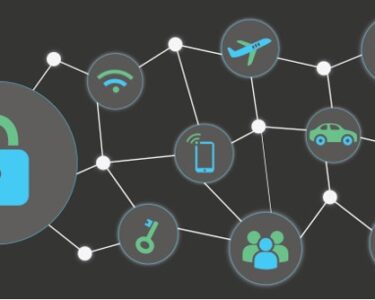
Digital Cultural Shift: Reshaping Society and Creativity
In the contemporary era, the advent of digital technologies has profoundly transformed the cultural landscape, giving rise to a paradigm shift in the way we create, consume, and interact with culture. This digital cultural shift has permeated various aspects of our lives, from the way we access information to the way we express ourselves creatively.
Content Creation and Consumption
One of the most significant impacts of digital technologies has been on content creation and consumption. The internet has democratized the ability to create and distribute content, empowering individuals with the means to share their ideas and perspectives with a global audience. Social media platforms, video-sharing websites, and online publishing tools have allowed creators to reach unprecedented levels of visibility and engagement.
Meanwhile, digital distribution channels have revolutionized the way we consume content. Streaming services have made it possible to access vast libraries of movies, TV shows, and music at our fingertips. Digital books and audiobooks have expanded our literary horizons, while podcasts and online courses offer new avenues for learning and entertainment.
Social Interaction and Communication
Digital technologies have also had a profound impact on social interaction and communication. Social media platforms have emerged as the primary means of staying connected with friends and family, enabling us to share updates, photos, and videos in real-time. Messaging applications and video conferencing tools have facilitated virtual meetings and conversations, blurring geographical boundaries.
The internet has also created new online communities and subcultures, where individuals can connect with like-minded people from around the world. Forums, chat rooms, and social groups have provided spaces for people to engage in discussions, share interests, and build relationships.
Artistic Expression and Innovation
Digital technologies have opened up new possibilities for artistic expression and innovation. Artists have utilized digital tools to create immersive virtual worlds, interactive installations, and augmented reality experiences. Artificial intelligence (AI) has been employed to generate art, compose music, and write poetry, pushing the boundaries of creativity and imagination.
The digital realm has also fostered new forms of collaborative art. Online platforms and tools have enabled artists to work together remotely, share ideas, and co-create digital masterpieces. Social media has facilitated the sharing and promotion of artwork, allowing artists to gain recognition and connect with potential audiences.
Challenges and Opportunities
While the digital cultural shift has brought about numerous benefits, it has also presented challenges and concerns. Issues such as copyright infringement, digital addiction, and the spread of misinformation have emerged as pressing issues that require attention.
However, the digital cultural shift also presents opportunities for innovation, inclusivity, and access to culture. Digital technologies can be leveraged to preserve cultural heritage, promote diversity, and make cultural resources available to underserved communities.
Conclusion
The digital cultural shift is a transformative force that is reshaping the way we live, communicate, and create. It has democratized access to information, empowered individuals to express their creativity, and facilitated social interaction on an unprecedented scale. While challenges remain, the digital realm also holds immense potential for innovation, inclusivity, and the advancement of human culture. As we navigate this evolving landscape, it is essential to embrace the opportunities it offers while addressing the challenges it presents.


